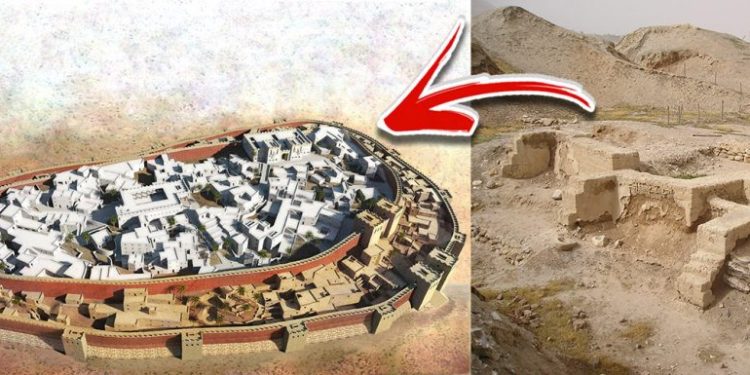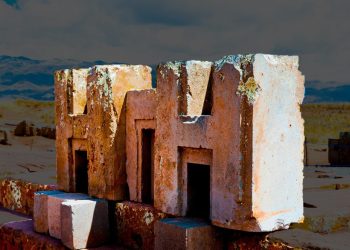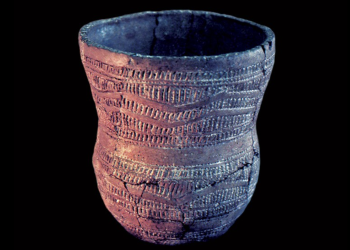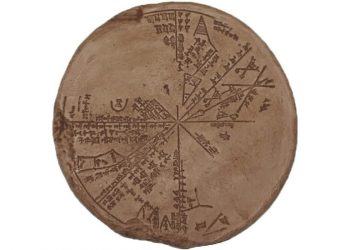Standing not far from the Jordan River within the borders of Palestine, the city of Jericho challenges history. Experts indicate that the ancient city of Jericho is the oldest continuously occupied city in the world.
However, in addition to being the most ancient of them all, experts have concluded that the city was also home to the oldest known standing city walls. So, how far back in history does the city of Jericho go? According to archaeologists, evidence of settlements in Jericho has been found to date back to 10,000 B.C. This means that people called the city home more than 12,000 years ago.
In addition to being one of the oldest continuously inhabited cities on Earth, home to the most ancient city walls, Jericho was thought to have been home to the oldest stone tower in the world as well. Still, excavations at Tell Qaramel in Syria have discovered even older stone towers.
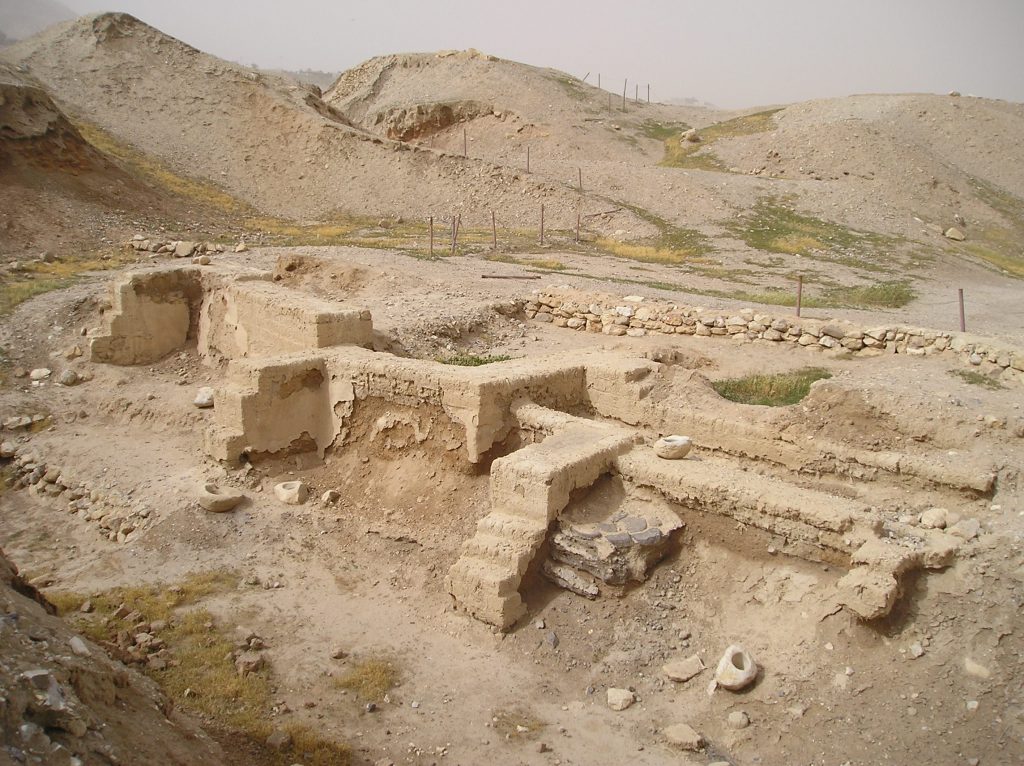
Described by the Hebrew Bible as the city of Palm Trees, the truth is that Jericho predates nearly all modern religions.
So far, archaeologists have excavated the remains of more than 20 successive settlements in Jericho, the first of which dates back between 12,000 and 11,000 years (9000 – 10000 BC), almost to the very beginning of the Holocene epoch of the Earth’s history.
Archaeologists argue that the earliest settlement was located at the present-day Tell es-Sultan (or Sultan’s Hill), located a few kilometers from the current city.
According to scholars, the ancient city of Jericho is the type site for the Pre-Pottery Neolithic A (PPNA) and Pre-Pottery Neolithic B (PPNB) periods.
Epipaleolithic construction at the site predated the invention of agriculture. The construction of Natufian culture structures began much sooner than 9000 BC, the beginning of the Holocene epoch in geologic history.
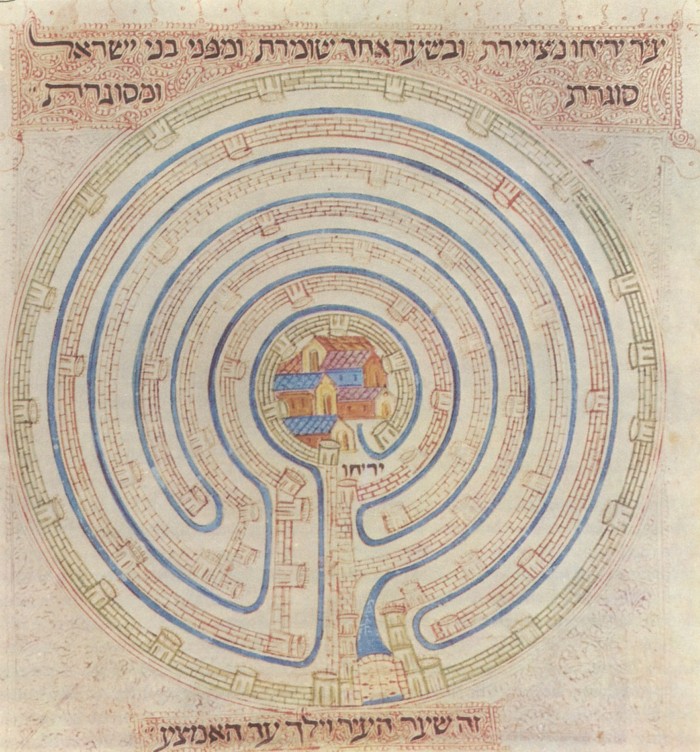
Experts have found conclusive evidence that the ancient city of Jericho has evidence of settlement dating back to 10,000 BC.
The city is so old that it dates back to the time around the Younger Dryas, a period of cold and drought. During the Younger Dryas, settlements declined, and people fought hard to survive.
But despite settlements declining during that period, experts have found that the Ein es-Sultan spring at what would eventually become Jericho was a famous camping ground for Natufian hunter-gatherer groups, leaving a scattering of crescent-shaped microlith tools behind them.
Then, around 9600 BC, the droughts and cold of the Younger Dryas stadial ceased, allowing Natufian groups to extend their stay, eventually leading to a longer habitation at the site and the creation of a permanent settlement.
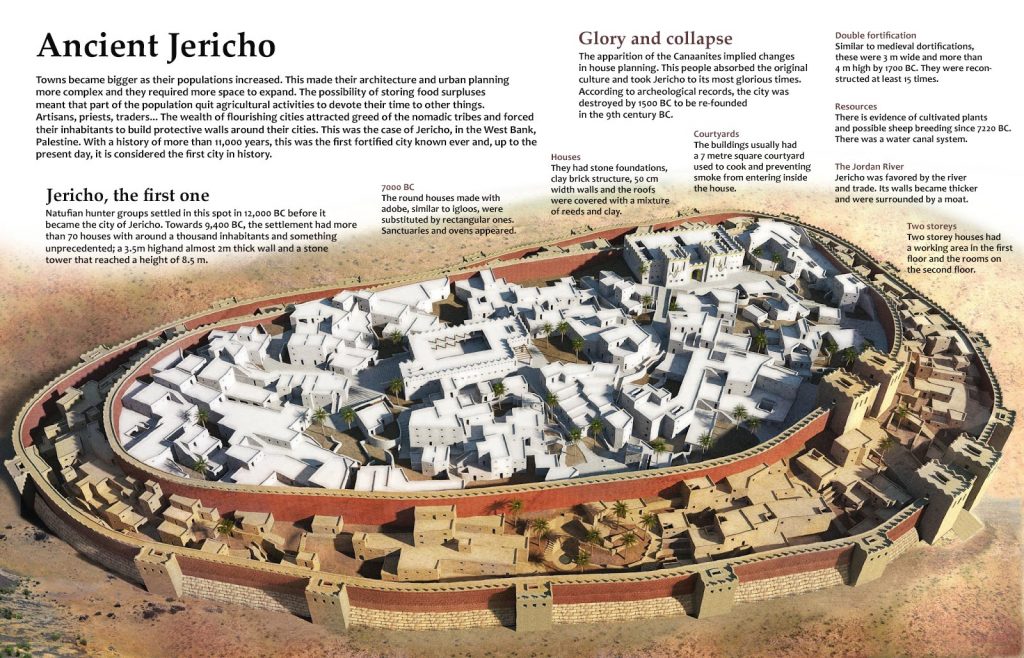
Around 9,500 BCE, as the world warmed up after the catastrophic Younger Dryas, the site gave rise to a new culture based on agriculture, and sedentary dwelling emerged. A hundred years later, the city was home to as many as seventy modest dwellings built of clay and straw bricks left to dry in the sun, plastered together with a mud mortar.
The Wall of Jericho
Experts define the Wall of Jericho as a Pre-Pottery Neolithic A (PPNA) defensive or flood protection wall, which has been found to date back to around 8000 BCE, making it the oldest defensive city wall of its kind. The massive wall of great historical importance is thought to have been built more than 10,000 years ago of undressed stones.
John Garstang discovered the Wall of Jericho during the excavations between 1930 to 1936.
In the Book of Joshua, Jericho was the first Canaanite city that the Israelites attacked upon their entry into Canaan. The Israelites destroyed the Bronze Age wall of Jericho by walking around it with the Ark of the Covenant for seven days.
The Tower of Jericho
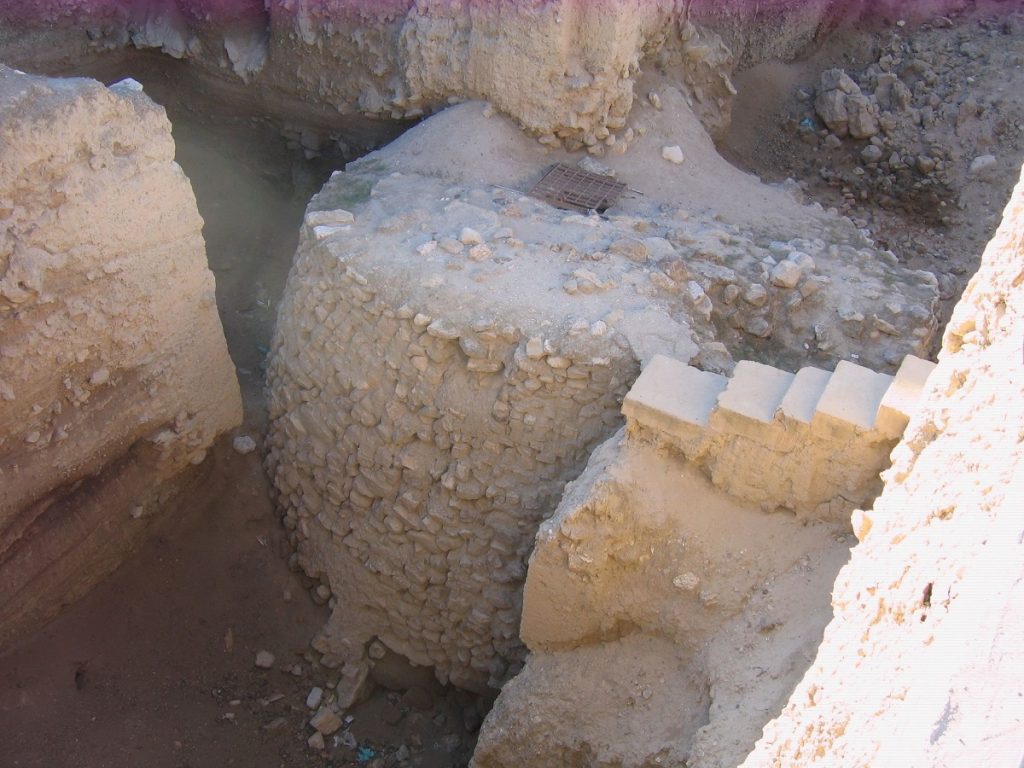
The 8.5-meter-tall tower of Jericho was built around 8000 BCE and is considered by experts as one of the earliest stone monuments of history. Just as the very first phase of the wall of Jericho, this monument also dates back more than 10,000 years.
Kathleen Kenyon found the tower of Jericho during excavations between 1952 and 1958.
Its construction is estimated to have taken 11,000 working days and was conical in shape with a diameter of nearly nine meters at its base.
Join the discussion and participate in awesome giveaways in our mobile Telegram group. Join Curiosmos on Telegram Today. t.me/Curiosmos



